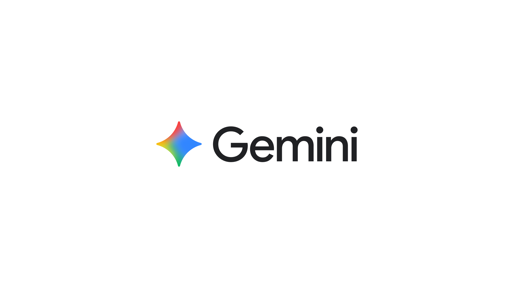

Shorting the market requires precise timing. Being early is just as bad as being wrong.
Exactly. It is not enough to know that a company stock will go down. It is necessary to know that it will never go higher than a certain point above the current value (not even momentarily) before it goes down. If you have a fuckload of other people’s money you can just keep double-or-nothing-ing it, that’s what banks were doing to gamestop, except that this can sometimes cause the stock to go even higher (a short squeeze), which would make you (who doesn’t actually have a fuckload of other people’s money) lose all of your money.
edit: also the other concerning possibility is that stock prices can go up simply due to the dollar going down.




I don’t think getting rid of elections would work. Dictatorships do not rely on election rigging alone. That’s just interventionist propaganda (barge in, set up elections, presto, democracy).
Competent dictators don’t act anything like Trump. Once in power they try to obtain support of as wide of a section of the population as possible. There’s no freedom of speech in a dictatorship; the dictator is giving prepared speeches, designed to bolster his support, to unify the nation, etc, not just having fun gloating at half the nation’s expense.
If he actually tries to maintain power despite his relative unpopularity, the consequences will be utterly disastrous.